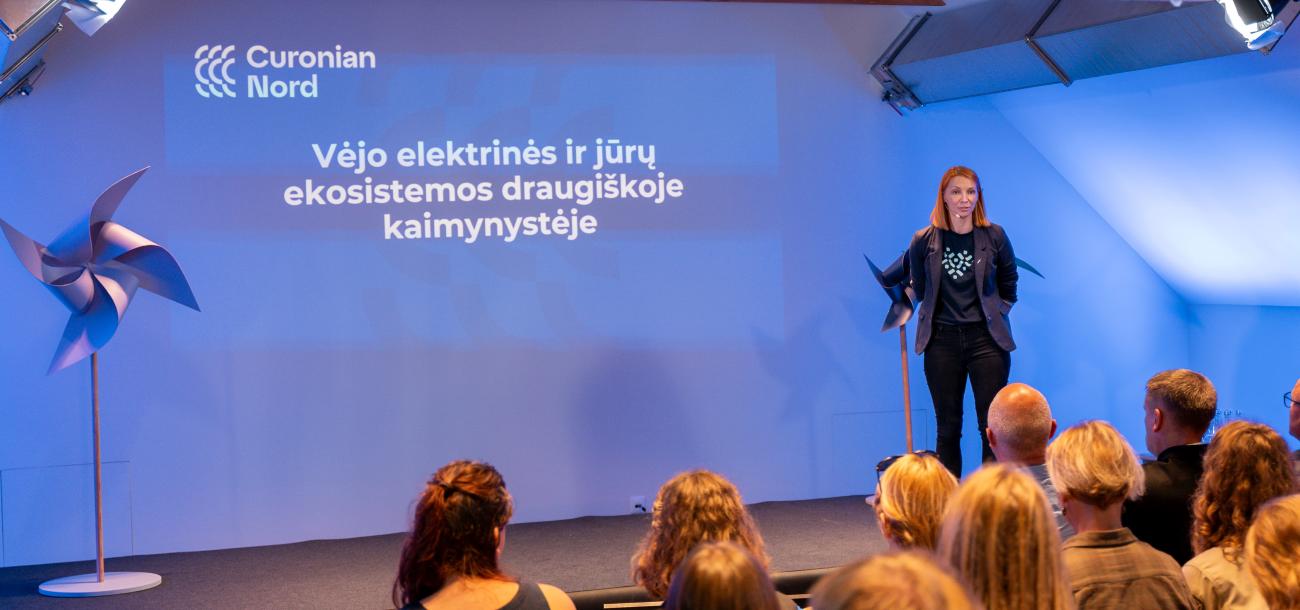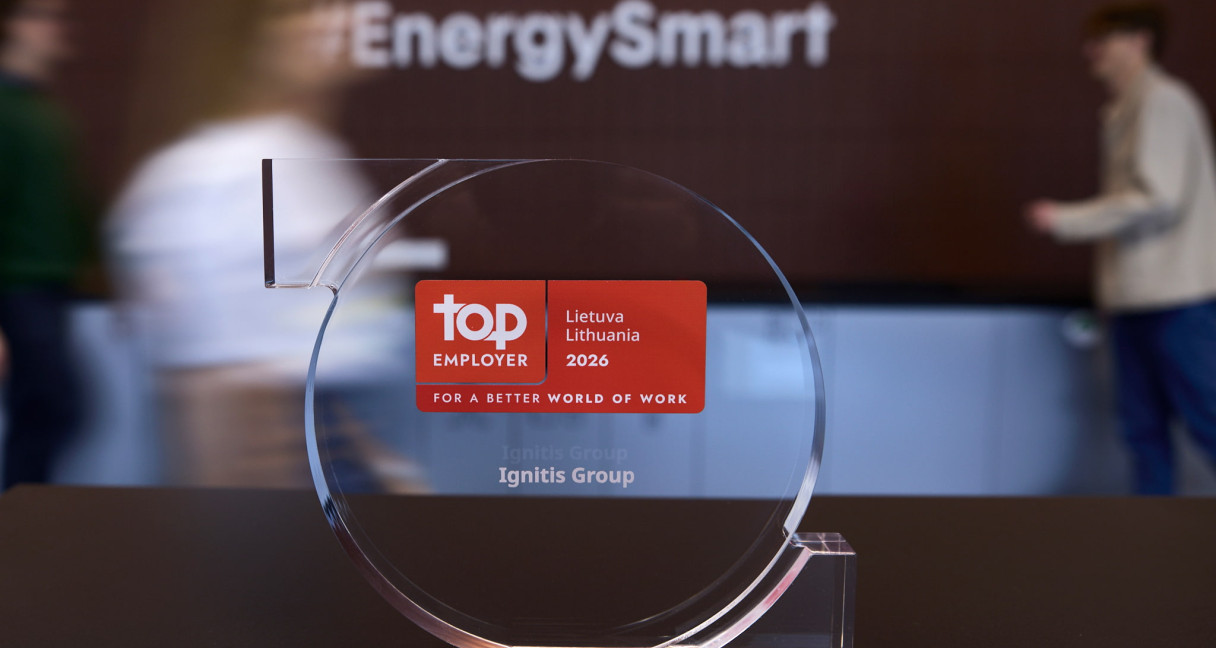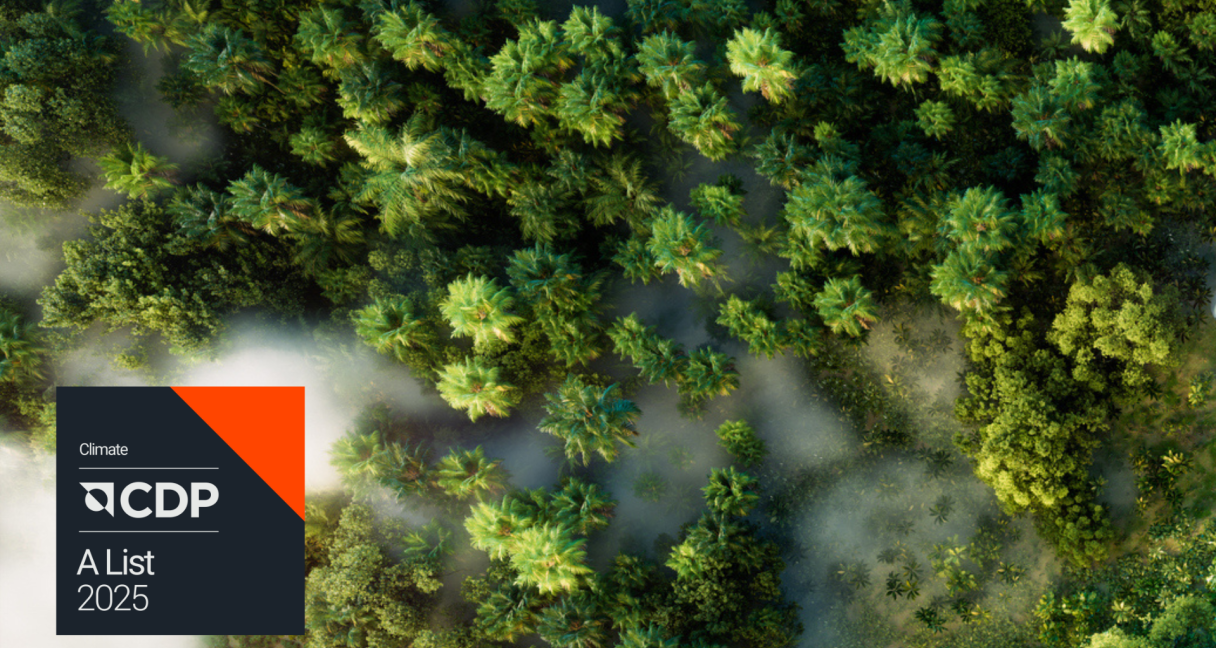Energy sector and ecosystems: offshore wind farms create new habitats for marine wildlife
The Baltic Sea is perfectly suitable for developing offshore wind projects, but it is very important that the needs of natural environment are also met in the process by applying the environmental impact mitigation measures. There is plenty of evidence suggesting that, if planned appropriately, offshore wind farms can both generate electricity and facilitate biodiversity. Erected wind turbines can serve as habitats that shelter marine wildlife and contribute to survival and restoration of ecosystems.
Just over a three decades ago, the seas had zero offshore wind farms. Today offshore wind is one of the most talked-about technologies in the energy sector when it comes to mitigating climate change.
With its shallow waters and stable wind, the Baltic Sea is very suitable for developing offshore wind farms. Denmark, Sweden and Germany have already built such wind farms. Poland, Estonia and Finland are also preparing for heavy investments. The same is true in Lithuania, where Ignitis Renewables, an international green energy company, is developing the first offshore wind farm in Lithuania, Curonian Nord.
The solutions needed to make this offshore wind farm a contributor to Lithuania's energy independence and green objectives as well as the wellbeing of marine biodiversity and ecosystems were discussed during a conference on the future of ecology of the Baltic Sea at a festival, Sveika, Neringa.
Extensive research experience
Agnė Lukoševičienė, an environmental expert at Ignitis Renewables, which organised the conference, reminded everyone that the first offshore wind farm in the world was built in the Baltic Sea. Denmark's Vindeby Offshore Wind Farm, which started operating in 1991, was generating electricity for 25 years using 11 wind turbines located 1.5 to 3 kilometres off the coast.
“It was a tremendously successful project that convinced politicians, planners and developers that offshore energy is not rocket science, but an achievable and successful pursuit. Since it was the first offshore wind farm, it was very interesting from a point of view of environmental research. This wind farm has therefore been the site for a wide range of studies on the environmental impact of offshore wind farms, with long-term observations of electromagnetic fields, noise, changes in animal behaviour, benthic habitats, etc.,” told A. Lukoševičienė.
She pointed out that offshore wind farms and their environmental impact have been studied in our region for over three decades, and during this period a lot of inspiring stories were recorded that show how such objects can contribute to the wellbeing of biodiversity and ecosystems.
“According to the latest studies summarising the 30-year period, after an onshore wind farm is built, it has minimal environmental impact and, if planned appropriately, can even contribute to the enrichment of local ecosystem. For example, the foundations of a wind turbine serve as artificial reefs, molluscs are happy to colonise such structures and form colonies, which means more space for molluscs, which both feed fish and birds and filter the water,” noted the expert from Ignitis Renewables.
Additionally, offshore wind farms often restrict any other activities, which means less ships, less disruptions, so fish stay at such places because they are safe. There are examples, where wind farms in the North Sea helped increase cod and crab stocks and improve the quality of their populations. And, of course, where there are fish, there are seals, which are happy to feed on them. So, the ecosystem is interconnected, more molluscs and undisturbed locations attract more fish, which attract mammals, in our case, seals, which feed on them. With places to hide, fish can reach greater maturity and contribute to healthier and more abundant commercial fish stocks.
“And this only includes conditions which naturally occur after a wind farm is built. Developers are also trying to contribute and improve the biodiversity. For example, they lower artificial reefs, which are constructed using materials that are as natural and environmentally friendly as possible, in order to provide even more space for molluscs. There is one very creative example in Australia, where sculptures were lowered to the bottom to serve as tourist, diver, attractions and as artificial reefs, benthic habitats. According to surveys, one wind turbine could become a home for 4 tonnes of molluscs on average,” estimated A. Lukoševičienė.
She also noted that fish hotels are being developed for offshore wind farms, where fish can quickly hide from bigger fish or seals. They give fish more chances to grow larger. So, applying such measures can also help increase the commercial fish stock, which is fairly relevant in the Baltic Sea as well since there are worrying signs about decreasing cod stocks.
A. Lukoševičienė demonstrated to the audience of the conference the results of a study carried at the North Sea, where GPS trackers were attached to seals in order to find out how seals are behaving near an offshore wind farm. The study results indicated that animals adapt to the wind turbines and use them to their benefit. These images capture a seal's hunting trip, which makes it easy to see that the animal is not just swimming randomly but knows exactly which wind turbines are most likely to have fish nearby and chooses its route accordingly.
Responsible planning is important
“So, if everything is planned responsibly and implemented meticulously, offshore wind farms can coexist with biodiversity in a friendly and neighbourly fashion. 30 years of experience in offshore wind can be considered both a lot of time and not a lot. Many environmental impacts have already been fully investigated, while others are still the subject of active research. But one thing is clear – both the understanding of renewable energy and ecosystems is growing every day. Cooperation between business, science and environmental institutions is therefore a key factor here,” highlighted the environmental expert from Ignitis Renewables.
She believes that the first and an especially important step when trying to successfully implement an offshore wind project is comprehensive marine spatial planning and the reconciliation of different interests. And there are plenty of interests at sea: tourism, shipping, national security, communications, fishing and many others. And all this must be planned in conjunction with environmental protection.
In order for developers to assess the impact of different stages of development and apply measures properly, including how to avoid impacts or mitigate them to an acceptable level, it’s important to carry out a comprehensive environmental impact assessment, select the mitigation measures and implement them properly and, after the project is implemented, to monitor whether the measures are effective enough, do they achieve the desired effect.
“The Baltic Sea is one of the most heavily used seas in the world. So, countries must take great responsibility for ensuring such type of planning. Lithuania has already done so, and the future offshore wind farms will be developed in areas designated in national planning documents,” noted A. Lukoševičienė.
You can find more information about the project at curoniannord.com.





